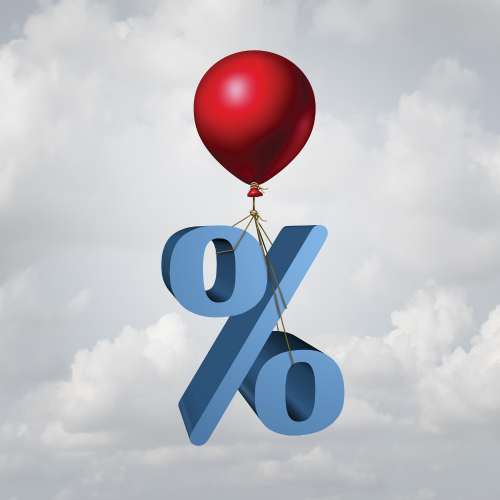Interest Paid By and to the CRA

Walter Harder & Evelyn Jacks
Did you calculate whether a December 15 instalment remittance was required to top up tax pre-payments for the 2020 tax year? At this busy pre-Christmas time, it is easy to miss. For these reasons, it is so important to plan to reduce taxes payable. One way to do that is by making charitable donations before year-end. Here is what you have to know about avoiding expensive CRA interest:
When you owe money to the CRA on a balance due , you will be charged interest at the quarterly prescribed rate plus 4% more. Currently, that amounts to 5% compounded daily – the equivalent of 5.18% annual interest – starting on the date that the debt was incurred. For many, it is less expensive to borrow from the bank than from the CRA. Check this out and make the comparisons.
Note that when CRA owes you money, they’ll pay you interest at the prescribed rate of 2% (plus 2% more), for a total of 4%. As you can see, this is is not as good as the rate the CRA reserves for itself. Worse, your interest payment only begins at the latest of:
- The date the overpayment occurred
- The end of tax season (120 days after the end of the year) if the return is filed on time
- 30 days after the return is filed if it is filed late
Any interest paid to you by the CRA is taxable and must be reported on your tax return for the year the interest is received.
In addition to interest on the balance owing when you file your return, you may be charged instalment interest if your instalments are late or too small. You’ll not receive any interest for making instalments early or that are larger than required. However, if you discover that your previous instalments for the year are insufficient, you can reduce your instalment interest by making larger subsequent instalments for the year.
Once you’re notified of interest payable, no further interest will be charged if the total balance due is paid promptly – this generally means within 20 days of the notice.
In the case of interest payable on instalments, the prescribed rate is used, and the amounts compound daily.
The general rule for paying interest of any kind, is that you should whenever possible ensure the interest paid is tax-deductible, such as in the case of earning investment income. When you take this approach you reduce your interest expense by the income tax savings. Interest paid to the CRA is never deductible and cannot be linked to an income-earning investment, so paying interest to the CRA is to be avoided whenever possible.
To ensure you don’t owe interest to the CRA, you should:
- Pay your taxes each year by April 30, even if you’re self-employed and your tax return is not due until June 15
- If you’re required to make instalment payments, make them on time
- If you’re reassessed, respond immediately.If the reassessment is valid, pay the taxes promptly
To ensure you don’t loan the CRA money at zero interest, you should:
- Whenever possible, arrange to have a balance due of less than $3,000 each year so that you don’t have to pre-pay your taxes, and you get to use your money until April 30
- If you are making instalments, estimate your income taxes for the year before making your last instalment to ensure you don’t overpay
- If you owe money, you can still file early, but wait until April and pay the balance then.
- If you have a refund coming, file as early as possible.You won’t get any interest on your refund, but you’ll have it in your hands for investment purposes sooner
- If you get a refund each year:
- Ensure that your TD1 forms are updated annually to claim the largest exemption possible
- Use for T1213 to have tax withholding reduced as much as possible
- If you’ve arranged to have tax withheld from payments such as CPP and OAS where withholding is not required, cancel the withholding
Additional educational resources: Want to learn more about what forms of interest are deductible? Take Tax Strategies for Investors and learn to be conversant in recent tax changes relating to a variety of investment opportunities. You'll also understand strategies and ordering rules using tax-free, tax-deferred, and taxable incomes. You'll use a series of assessment tools to structure your clients' pre- and post-tax investment income and to monitor ongoing results. You'll learn how to manage tax returns by being familiar with tax-free zones, clawback zones and marginal tax rates. You'll provide specific investment income planning approaches for a variety of taxpayer profiles, including young families, students, business owners, and retirees. Enrol or take a Free Trial today.
